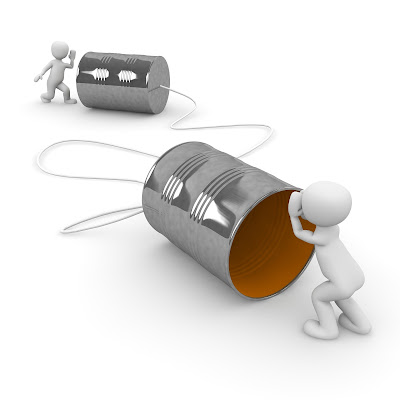 |
| (Image by Peggy und Marco Lachmann-Anke from Pixabay) |
Communication is the primary tool for establishing an effective command climate. The ability to communicate effectively is universally rated as one of the most important leadership behaviors.
Communication is the foundation upon which we build trust and enable our teams to develop cohesion. Effective communication is a two-way process. Good leaders actively listen to build trust with others. Communication enables us to convey objectives and intent, break error chains, and improve situation awareness. Leaders are cognizant of the central role that communication plays in the ability to lead and always strive to become better communicators.Communication is vital to leadership success. Without good communication skills, our entire leadership foundation is compromised. Commuication is so important that the Wildland Fire Leadership Development Program makes it a primary responsibility at the followership level.
Not everyone is good at communicating; some are horrible. The good news is the art of communicating is something that can be learned. The way to get better is to practice. Introverts and extroverts alike can hone their skills. The most important thing is to be aware of your weaknesses and work hard to overcome the barriers and pitfalls.
Wildland Fire Leadership Challenge - Digging a Little Deeper
Technology transforms communication. This humorous video highlights the impact technology has on our ability to commuicate.
- Watch Tripp and Tyler's video "A Conference Call in Real Life."
- Identify the barriers to communication that a conference call presents.
- How might you mitigate those barriers?
- Face-to-face communication has its limitations as well. Discuss some of those limitations.
Thanks to Jeff Arnberger, BLM Fire Operations, for bringing this video to our attention.
No comments:
Post a Comment